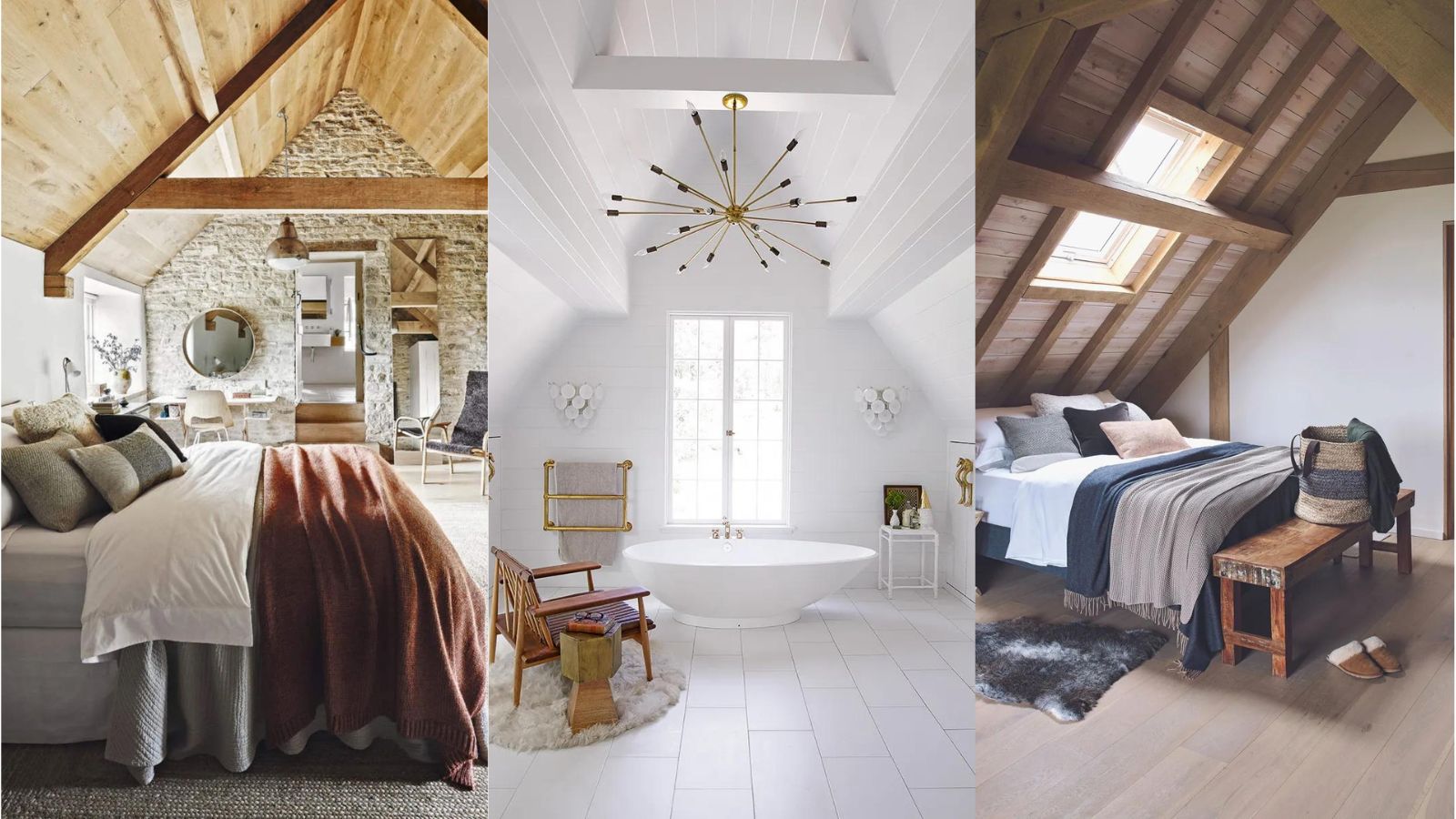
It is far from glamorous, but picking the right attic insulation for your home is crucial for keeping your home warm in winter and cool in summer.
With so many types of attic insulation to choose from, however, it can be hard to know what to ask for when working with a contractor to improve your home. Picking the right one for your space can cut costs by 50% according to our construction pros.
To make the process easier, we spoke to professional contractors and roofing experts about six different types of insulation available, and how to pick the right one for your home to ensure your attic is safe and warm.
Types of attic insulation
Insulating an attic is, by far, the best technique to keep your attic at a comfortable temperature and lower your energy bills. Good insulation, however, is more than picking the right material. How you install it can also make a big difference, too.
Todd Miller, president at Isaiah Industries, Inc. says, ‘This is best done with insulation on top of the ceilings, not in the rafters. If you do choose to put insulation beneath the roof deck, you must be careful to not create a situation that traps moisture between the insulation and the roof deck. Such moisture will condense when the roof deck temperature drops cold, leading to potential mold and mildew.’
With the optimum location in mind, here is how to pick the right type for you.
1. Foam board insulation
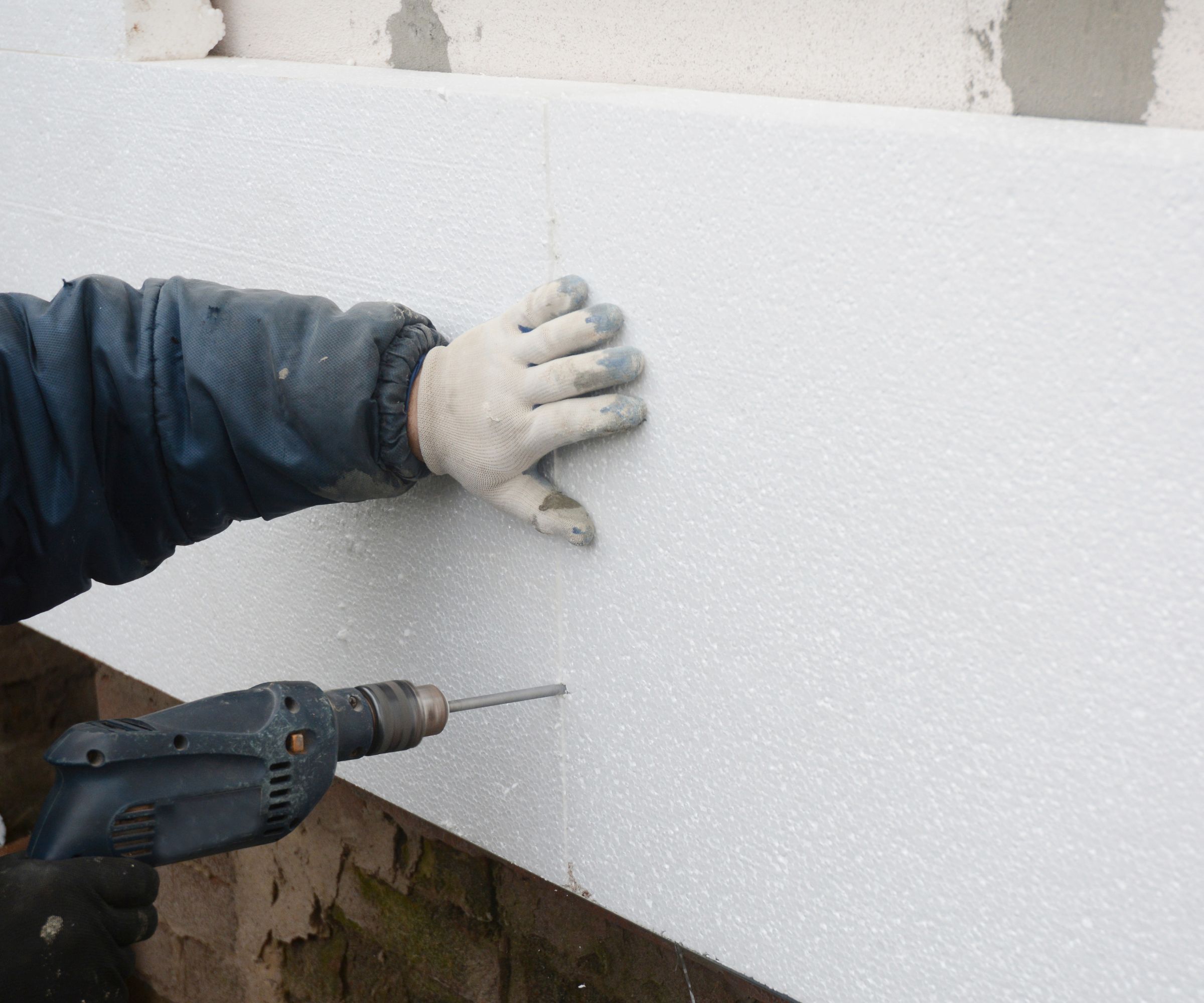
Foam board insulation is one of the most common types of attic insulation. Also known as rigid foam insulation, it is made from a type of plastic and can be cut to size to insulate an attic.
Justin Kalcevic, owner of C. Kalcevic Roofing continues, ‘Foam board insulation provides the best insulation for attics, especially in extreme climates. Although initial costs are higher at $1 per square foot, the durability and ability to prevent air leaks can lower cooling costs up to 50% and provide long term savings.’
One downside to foam board insulation is it is incredibly flammable and can prove a fire hazard if it is not installed correctly. For this reason, we highly recommend hiring a highly-rated professional for the installation. Additionally, foam board installation is susceptible to moisture buildup, so good attic ventilation is a must to prevent mold.
2. Fiberglass insulation
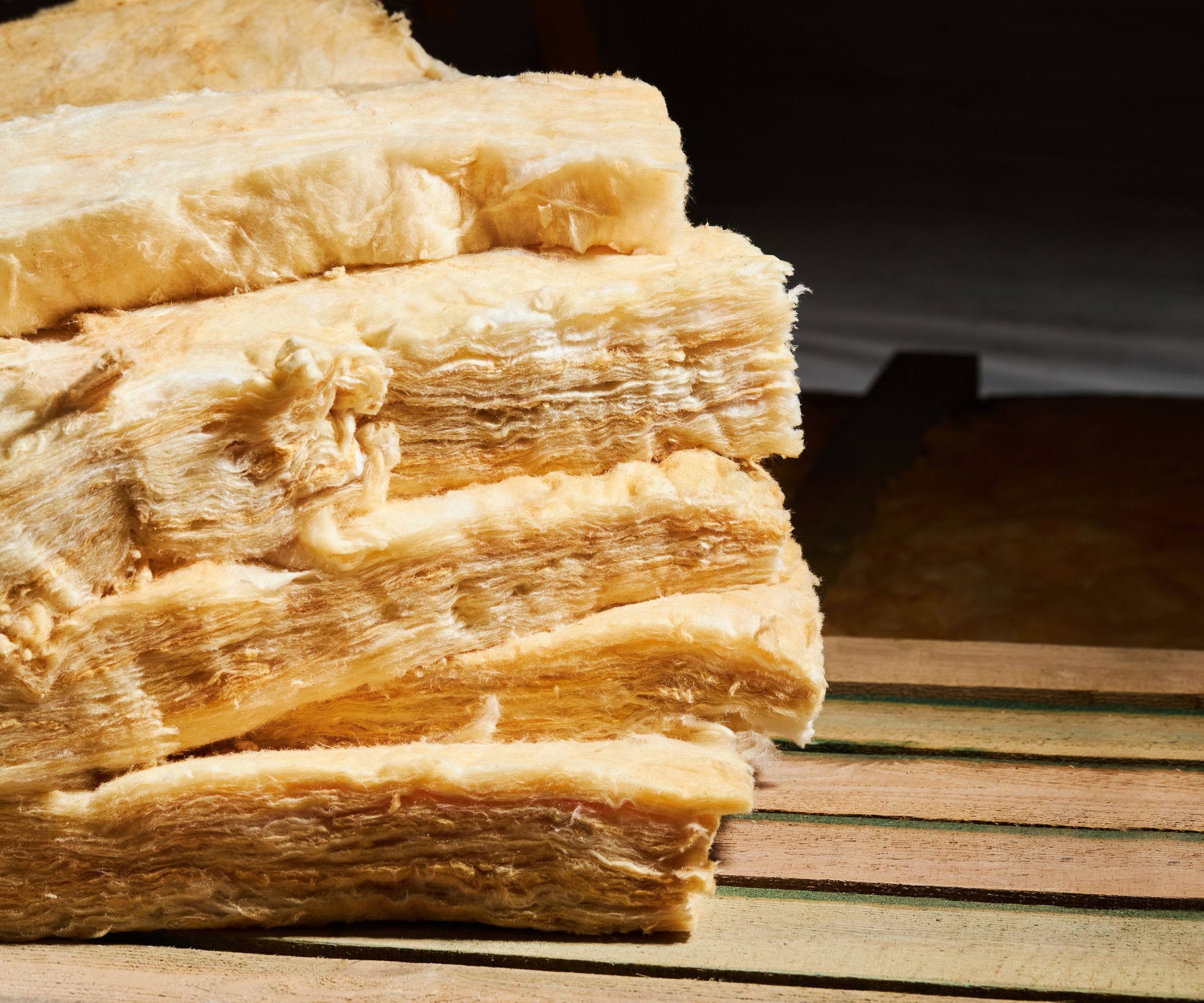
The next most common type of attic insulation is fiberglass (also known as glass wool insulation).
Kevin McLaughlin, owner at Heritage Exterior says, ‘Fiberglass insulation is the most affordable but tends to settle over time, reducing effectiveness. It needs a vapor barrier and proper installation for the best results. While the upfront cost is low, around $0.25 to $0.35 per square foot, it may not save as much on energy costs long-term compared to spray foam or cellulose. For maximum efficiency, fiberglass often requires more frequent replacement by a professional contractor.’
Compared to foam board insulation, fiberglass insulation is a lot less flammable, meaning it might be safer for areas that have wiring. It is also a great sound-proofing material, helping to dampen outdoor sounds and make your home quieter.
Depending on the installation, fiberglass might need readjusting or replacing every 20 years as it shifts around over time. If it gets wet, it loses all effectiveness and becomes a breeding ground for mold.
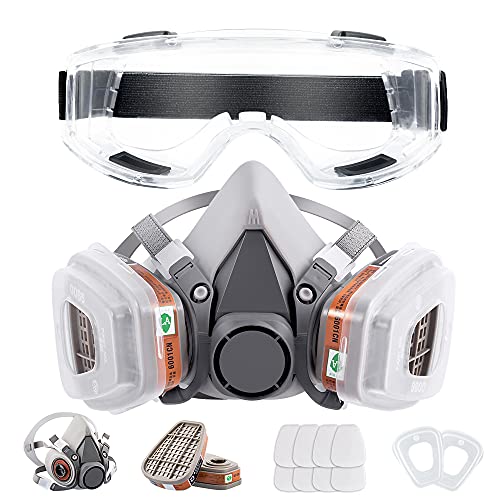
If you are working with or near unsealed insulation, you should always wear the correct safety equipment such as a respirator mask, goggle, work gloves, and thick boots to protect your skin and airways.
3. Blanket insulation
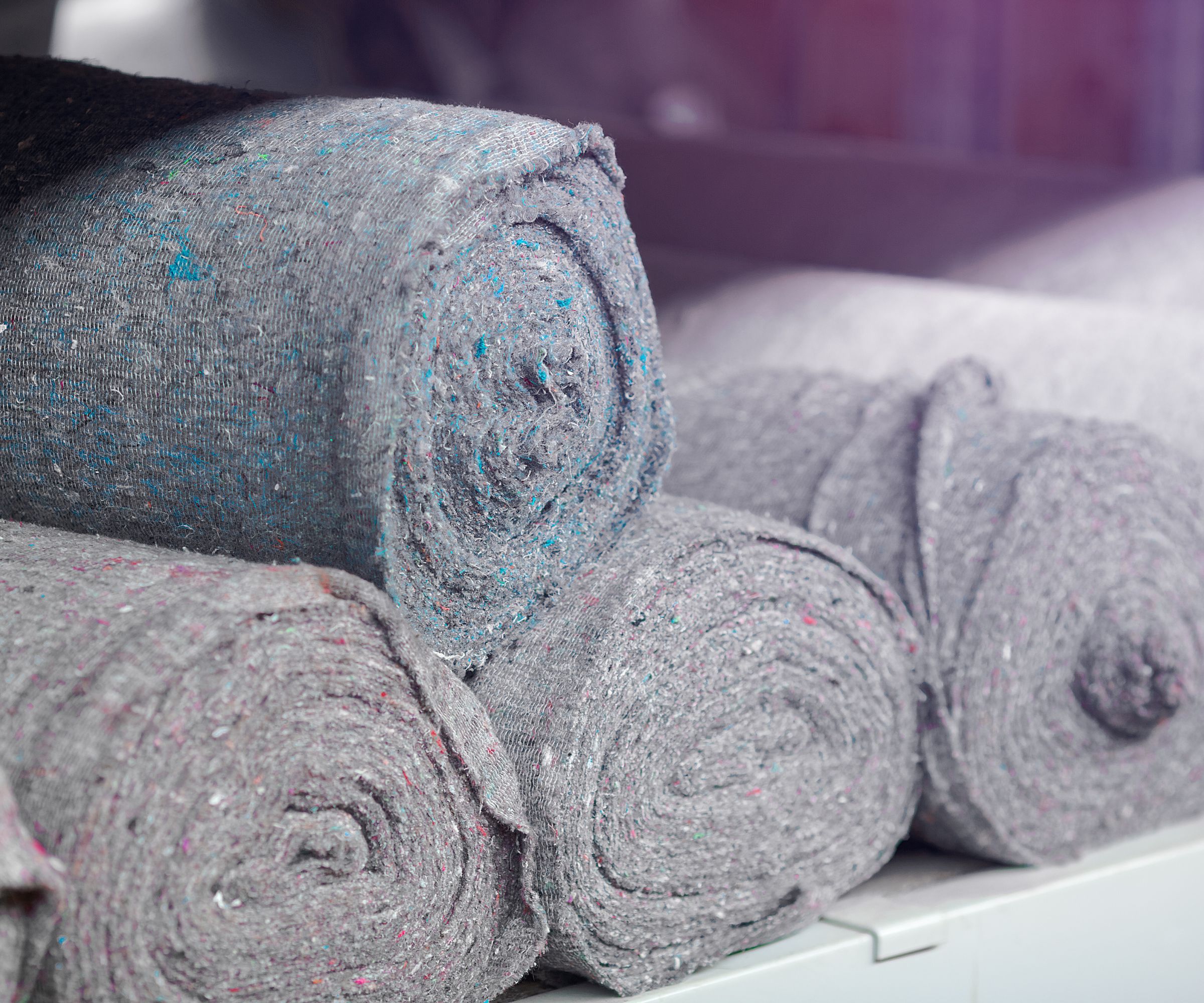
Blanket insulation is simple to install, and is often cost-effective when trying to warm up a house. It is often made of fiberglass but is also available as mineral wool, or other plastic and natural fibers. It is rolled out flat and fitted between joists, studs, and beams that are free from wiring, pipes, and duct work.
Similarly to fiberglass, blanket insulation is a great soundproofing material, helping to block sound as well as keep heat in. More often than not, it can also help with moisture control (although you should still ensure your attic is well-ventilated to prevent mold and musty odors).
Like most other insulation types, blanket insulation should be handled and installed by an expert, as it can be an irritant for both skin and airways if the correct protective equipment is not used.
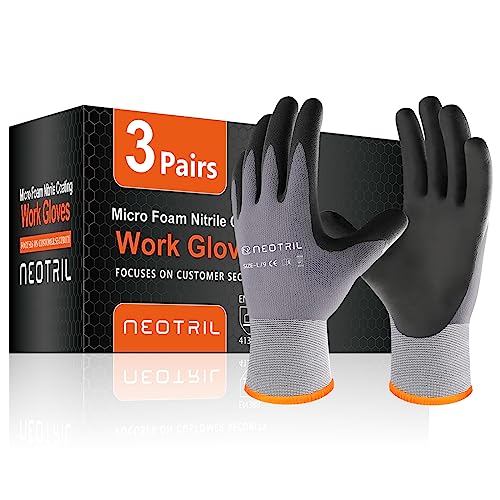
Always pair safety gloves with a respirator mask, long sleeved clothes and trousers, and thick worker boots to avoid irritation when working with insulation materials.
4. Loose-fill insulation
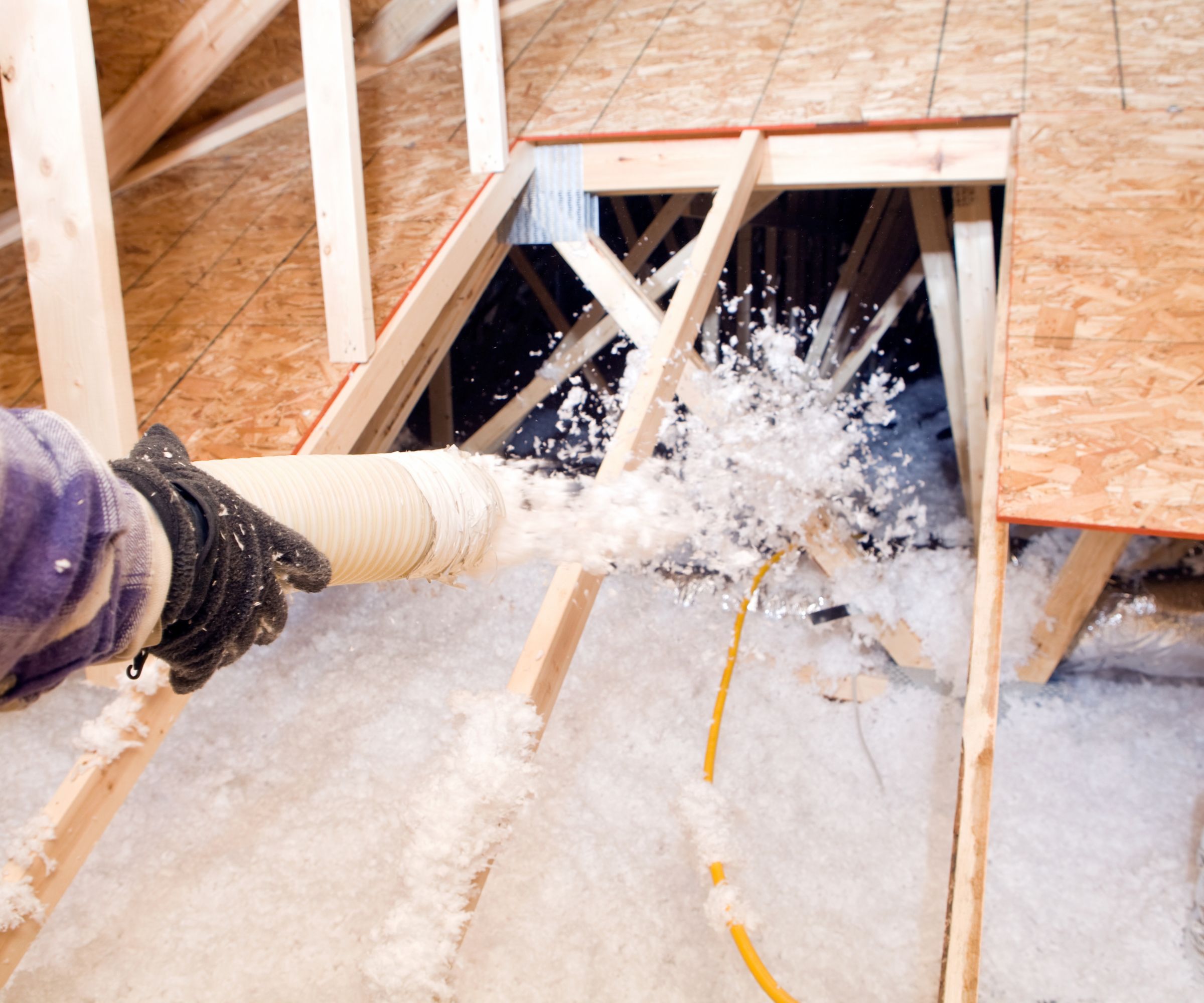
Loose-fill insulation, also known as blown-in insulation, is a little less common, but it is a great option for awkward wall and ceiling cavities that you cannot easily reach to install foam panels or blanket insulation. It is usually made up of rock wool and is blown into place using a machine, ensuring maximum coverage with minimal effort.
Similarly to blanket insulation, it offers thermal insulation as well as soundproofing, while also being flame retardant, minimizing fire risks. That being said, it should still be installed by an expert who can use the machinery required safely.
Unlike blanket and foam board insulation, however, loose-fill is usually installed on the floor of the attic to stop heat from escaping from the rest of the home below, rather than in the roof joists. This means it is more suitable for an attic that is not being converted into an additional room.
5. Spray foam insulation

Todd Miller, roofing expert, says, ‘Closed cell spray urethane foam is a great option for attics. It has high R-Value [a number that tells you how good a material is at resisting the flow of heat] and is also a natural vapor barrier, helping to prevent condensation and mold in the attic.’
Spray foam insulation is useful as it can be sprayed straight onto the ceiling of a pitched attic, expanding to fit into every small gap to minimize heat loss and gain. With closed cell insulation firming up as it sets, it can reduce ventilation, so other considerations might need to be made to keep air flowing to prevent musty smells.
The downside to spray foam insulation, Todd adds, is ‘existing structures can be difficult to spray thoroughly,’ given the expansion space needed.
This insulation is quick to apply but needs to be installed by an expert who will have the correct safety equipment and required skill.
6. Thermal break
If you live in a climate that is hot all year-round and your main concern is insulating an attic to make a house cooler, then you might want to consider thermal break insulation instead.
Todd Miller, roofing expert, says, ‘In hot climates where you also want to keep heat outside during hot weather, opt for reflective roofing and thermal breaks in the roof system.
‘A thermal break is basically a dead airspace that stops the conduction of heat. When materials are tightly sandwiched together in a roof system, they conduct heat one to the next. However, adding a thermal break or dead airspace gap, no matter how small, can stop that heat transfer, similar to what happens with double-pane windows. There are some formed products such as metal shingles that have integral air spaces and that's great. In other cases, though, the thermal break can be achieved through certain roof assemblies.’
It is worth noting that this type of insulation is not best for those who live in cold or variable climates, as it is not designed to keep heat in, meaning you might find yourself trying to keep a poorly insulated house warm.
Attic insulation types can be difficult to wrap your head around. It is always worth doing some independent research and then talking to your contractor to make a fully informed decision. For those considering a larger renovation, be sure to check out our attic conversion guide for more tips on turning your attic into a functional, well-insulated space.







